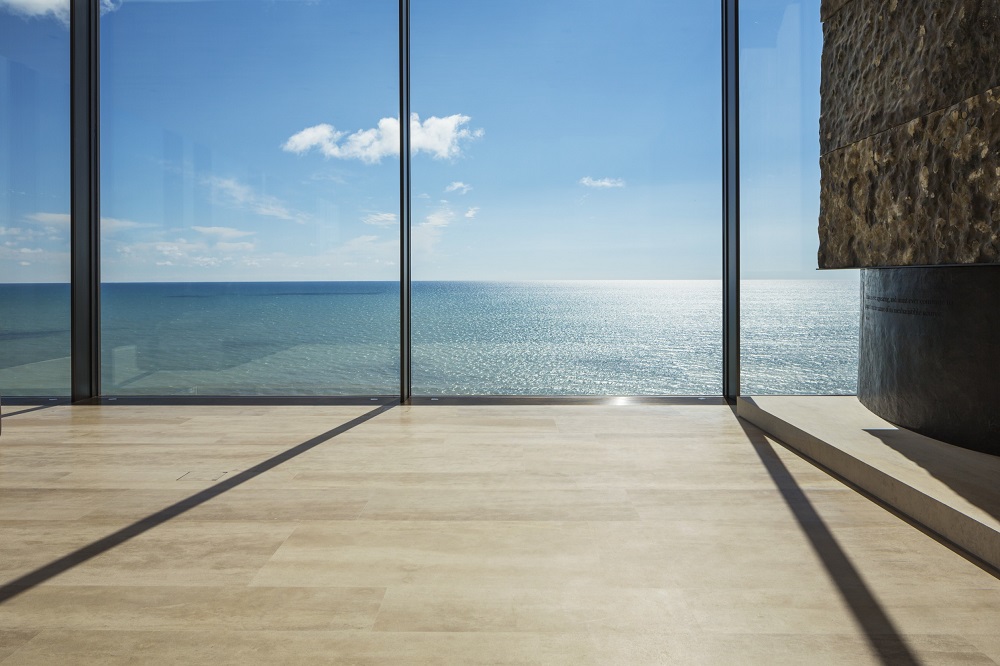
Photo courtesy of AGNORA.
Daylighting is an important, well-studied and well-documented subject, but this widely accepted term is still nuanced for most. Daylighting is a term used to describe glazed areas, building orientation, light reflection/transmission values, and reflective surfaces designed to distribute light in buildings’ interior.
Architectural glass, and its relation to daylighting, faces communication challenges across stakeholder groups within the building industry. To address these challenges, we as the glass industry can use the enormous body of knowledge regarding daylighting to model common benefits to building designers and owners. We can demonstrate how modern architectural glass products can be used to incorporate these benefits.
- Health
There have been several studies outlining the improvement of health from increased daylight. A key finding is increasing daylight in a built environment is known to increase an individual’s amount of sleep. Getting proper amounts of sleep decreases cortisol (the stress hormone), increases glucose metabolism and decreases appetite. This leads to less stress, lower blood pressure and controlled weight. The merits of natural light are also attributed to a reduced length of stay in health care environments, indicating the body’s reliance on light’s healing properties, according to the 2018 study, “The Effects of Natural Daylight on Length of Hospital Stay.” - Productivity
It is well-accepted that daylighting improves productivity, and often studies draw similar conclusions: productivity goes up when occupants have access to natural daylighting. The 2002 study, “Effects of Natural Light on Building Occupants,” found that professionals (engineers) working in a predominantly daylit space increased output by 13 percent and decreased absenteeism by 15 percent. Light is the primary mode for humans to ingest information; consequently it’s no wonder natural light improves these outcomes. - Cost improvements
These increased output and absenteeism rates are eye-opening and impact organizations the larger they are. According to Small Business Trends, the average U.S. business employs 10 people. Assume the business sees an increased output of a conservative 10 percent (versus 13 percent). This is equivalent to an hourly surplus of 2,940 working hours per year.
Further, daylighting greatly reduces reliance on artificial lights. As there are many factors it is difficult to quantify a savings value, but one such study, “Daylighting: An alternative approach to lighting buildings,” assumed a saving of 20 Watt/m2 for the particular environment, saving an average of 2160 MWh per year based on a specific 430,000-square-foot (40,000 m2) building.
Glass is the only façade material that allows for daylighting; thus, it is vitally important to connect the technical attributes with the benefits in a clear and concise message to partners responsible for contemporary building design and construction. As an industry, we should not only address the incredible performance characteristics of today’s glass, but also attach it to the value it provides.
Factoring windows into the design of a new building does not add much in terms of the design budget, but the long-term productivity and energy reduction benefits far exceed incremental design costs. Windows are the gateway to better environments and innovations in anti-reflective technology combined with high-performance coatings can provide improved daylighting to a space.

